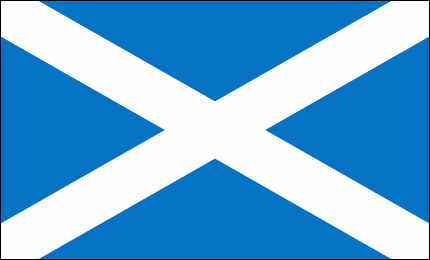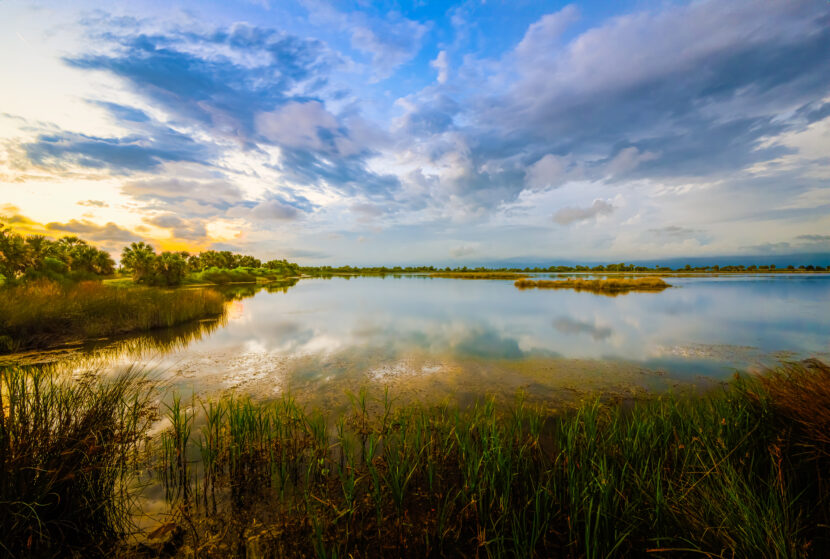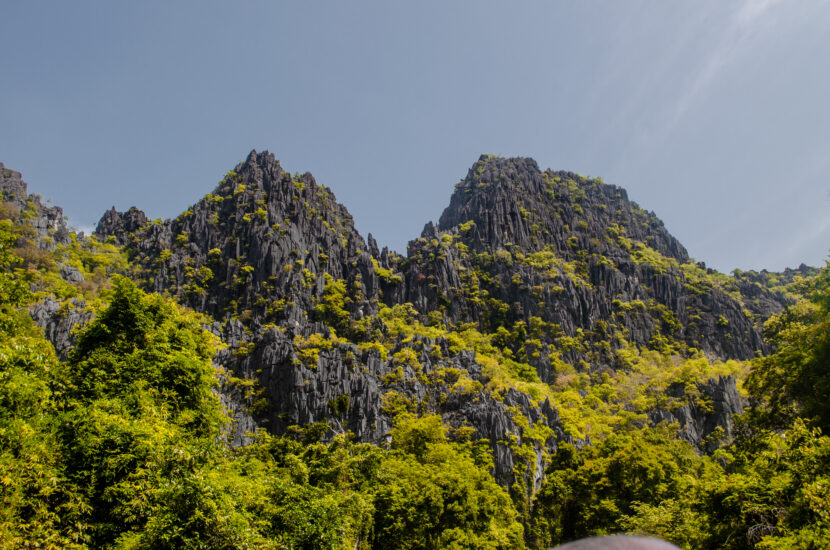COP16 reflections: Collaborating for nature
by

At COP16 in Colombia, the global community came together to discuss how to make the Kunming-Montreal Global Biodiversity Framework a reality. This requires the mobilisation of USD $200 billion a year for biodiversity including from the private sector. To contribute to this objective, the Revenues for Nature project was launched by the Green Finance Institute in partnership with UNDP BIOFIN and UNEP FI and working with the Environmental Policy Innovation Center in the US (EPI C). At COP16, the project launched the first four in a series of Guidebooks detailing current models and markets already in operation that are successfully mobilising private sector capital. These included mitigation banking models in the US, Colombia and England, as well as nature-based solutions for unlocking private investment in water. The Guidebooks documented lessons learned, and considerations for replication.
This approach – of learning from what already exists and replicating or adapting models to suit different contexts – was echoed throughout the events as being vital if we are going to reach our nature goals for 2030. New financial models should be welcomed, but, given the urgency, existing models should be built upon. Some of the national mandatory mechanisms, for example, have taken governments multiple years to establish – in some cases more than a decade. Sharing lessons learned can save precious time for those seeking to set up similar schemes.
Among the learnings shared in the Guidebooks was the need for supportive policies and regulation in unlocking private sector capital. Mandatory markets naturally drive capital into nature in a more reliable way than voluntary markets. However, in order to be effective in restoring nature, efforts need to be made for such mechanisms to deliver a net gain for nature, and not just offsets alone.
Local mechanisms, sometimes led by the private sector or local governments, can be quicker to establish than national markets. Solutions such as water funds, highlighted in the water Guidebook, for example, have enabled the private sector to address water scarcity and water quality risks in a number of geographies. For example, within the Funds, companies are working with partners towards the financing of invasive species removal or sustainable agricultural practices. GFI has published a database of models from around the world to accompany the Guidebooks, many of which showcase projects in which the private sector is investing in nature restoration within its supply chain . In the second round of Guidebooks, we will be exploring these in more detail.
What was clear at COP16, and has been clear for some time, is that business sits at the heart of the flow of capital towards our global (and domestic) nature goals.. We need businesses to start paying for the ecosystems that benefit them.
While conversations around mobilising private sector capital specifically into nature restoration and nature-based solutions stalled in Colombia, one success was the creation of the Cali Fund which will mobilise voluntary contributions from companies relying on genetic data from nature, such as pharmaceutical or biotechnology companies.
Is there room for a Fund into which businesses voluntarily contribute to nature restoration? And will voluntary contributions be enough? Among the many lessons learned from our global experience of voluntary carbon markets, one that may sometimes get lost is that voluntary markets do not meet the scale of investment needed. At some point, governments may have to tell businesses at a national level what they expect from them in terms of contributions to environmental goals at a national level, translating their National Biodiversity Strategy and Action Plans (NBSAPs) into a sectoral plan for delivery. This would be a replication of the approach taken in developing sectoral plans for national net zero targets.
There is much to discuss, and importantly, several aspects that require testing. As part of the Revenues for Nature Project, the partners have established the Public-Private Community of Practice for Nature and Development Finance, which is open to all. Through this group, the Revenues for Nature project will actively engage governments, corporates and financial institutions alongside representatives from Indigenous Peoples and Local Communities to understand how we can improve the impact, permanence and inclusivity of current models and mechanisms, and identify where these can be replicated.
If you would like to receive updates about the Revenues for Nature project, please join our newsletter here.













